Common Challenges Faced During Social Compliance Audits and How to Overcome Them
Social compliance audits are essential for businesses committed to upholding ethical standards across their operations and supply chains. These audits help ensure that companies adhere to labor laws, environmental regulations, and human rights standards, protecting both workers and the company’s reputation. However, social compliance audits come with their own set of challenges that can make the process complex and, at times, overwhelming.
At CDG, we provide expert Social Compliance Audit services designed to help businesses navigate these challenges effectively. In this blog post, we’ll explore some of the most common challenges faced during social compliance audits and offer practical tips on how to overcome them.
Introduction: The Importance of Social Compliance Audits
Social compliance audits are not just a regulatory requirement; they are a vital part of building a sustainable and responsible business. These audits ensure that companies are operating in a way that respects the rights of workers, the environment, and the broader community. However, conducting these audits can be challenging, particularly for companies with complex supply chains or those operating in regions with differing regulatory standards.
Understanding and anticipating the common challenges associated with social compliance audits can help companies prepare more effectively, ensuring a smoother audit process and more accurate results.
1. Navigating Complex Supply Chains
One of the most significant challenges in social compliance audits is managing complex supply chains. Many companies source materials and products from multiple suppliers across different regions, each with its own set of regulations and standards.
1.1. Challenge: Lack of Transparency
Complex supply chains often suffer from a lack of transparency, making it difficult to trace the origins of materials or verify the practices of suppliers. This lack of visibility can lead to gaps in compliance and increased risk of non-compliance.
- Practical Tip: Invest in supply chain mapping tools and technologies, such as blockchain, to enhance transparency. These tools can help track the movement of goods, ensuring that all parts of the supply chain adhere to the required standards.
Example: A fashion retailer with a global supply chain might implement blockchain technology to track the sourcing of fabrics, ensuring that all suppliers comply with labor and environmental standards. This technology provides real-time data that can be used during audits to verify compliance.
1.2. Challenge: Varying Standards Across Regions
Different regions have different labor laws, environmental regulations, and social norms. Ensuring compliance across multiple jurisdictions can be challenging, particularly when suppliers are located in countries with less stringent regulations.
- Practical Tip: Develop a standardized code of conduct that all suppliers must adhere to, regardless of their location. This code should align with international standards, such as those set by the International Labour Organization (ILO) or the Ethical Trade Initiative (ETI).
Example: A consumer electronics company might establish a global supplier code of conduct that sets minimum standards for working conditions, wages, and environmental impact. By enforcing this code across all regions, the company ensures consistent compliance during audits.
2. Ensuring Accurate and Consistent Data Collection
Accurate data collection is critical to the success of a social compliance audit. However, gathering consistent and reliable data from different parts of the organization and supply chain can be difficult.
2.1. Challenge: Inconsistent Record-Keeping
Inconsistent or poor record-keeping is a common challenge, especially in regions where digital systems are not widely used. Without accurate records, it becomes difficult to verify compliance and identify areas for improvement.
- Practical Tip: Implement a centralized data management system that standardizes record-keeping across all locations. This system should include templates and guidelines for collecting and storing data related to labor practices, environmental impact, and other compliance areas.
Example: A food processing company might adopt a cloud-based data management system that allows all facilities to record and store compliance data in a standardized format. This system makes it easier to track compliance across the organization and ensures that accurate records are available during audits.
2.2. Challenge: Inconsistent Data Across Suppliers
When working with multiple suppliers, ensuring that the data provided is accurate and consistent can be challenging. Suppliers may use different methods for recording information, leading to discrepancies in the data collected.
- Practical Tip: Provide training and support to suppliers to ensure they understand the importance of accurate data collection and how to use your standardized systems. Regular audits and spot checks can also help verify the accuracy of the data provided.
Example: A company sourcing materials from several suppliers in different countries might conduct regular training sessions for supplier management teams on how to accurately record and report compliance data. This training helps ensure consistency in the data collected across the supply chain.
3. Managing Cultural Differences and Local Practices
Cultural differences and local practices can present significant challenges during social compliance audits, particularly when they conflict with international standards.
3.1. Challenge: Cultural Resistance to Change
In some regions, local practices may conflict with international labor or environmental standards, leading to resistance from suppliers or employees when changes are required.
- Practical Tip: Approach cultural differences with sensitivity and understanding. Work closely with local stakeholders to explain the importance of compliance and how it benefits both the workers and the business. Offering incentives or support for adopting new practices can also help ease the transition.
Example: A company sourcing products from a region where child labor is culturally accepted might work with local NGOs to provide alternative employment or education opportunities for children. This approach not only ensures compliance but also supports the local community.
3.2. Challenge: Misalignment with Local Norms
In some cases, local norms and practices may not align with the company’s compliance standards, leading to potential conflicts during the audit.
- Practical Tip: Engage with local experts or consultants who understand the cultural context and can help navigate these challenges. Developing a localized approach to compliance that respects cultural differences while meeting international standards can help bridge the gap.
Example: A company operating in a region with different gender norms might work with local consultants to develop gender-sensitive compliance strategies that align with both local practices and international standards.
4. Addressing Resistance and Ensuring Buy-In
Another common challenge is resistance to the audit process, either from within the organization or from external partners, such as suppliers.
4.1. Challenge: Internal Resistance
Employees or managers may resist the audit process, particularly if they feel that it adds to their workload or if they fear the consequences of non-compliance findings.
- Practical Tip: Foster a culture of transparency and continuous improvement within the organization. Emphasize that the audit is an opportunity to identify areas for growth and improvement, rather than a punitive measure. Providing training and support can also help alleviate concerns.
Example: A manufacturing company might hold workshops to educate employees about the importance of social compliance audits and how the findings can lead to positive changes in the workplace, such as improved safety standards or better working conditions.
4.2. Challenge: Supplier Resistance
Suppliers may also resist the audit process, particularly if they fear losing business due to non-compliance findings or if they lack the resources to meet the required standards.
- Practical Tip: Build strong, collaborative relationships with suppliers. Offer support, such as training or financial assistance, to help them meet compliance standards. Clear communication about the benefits of compliance, such as continued business partnerships, can also help reduce resistance.
Example: A retailer might work closely with its suppliers to implement improvement plans and provide resources, such as funding for facility upgrades, to help them meet social compliance standards. This collaborative approach ensures that both parties benefit from the audit process.
Overcoming Challenges for Successful Social Compliance Audits
Social compliance audits are essential for ensuring that businesses operate ethically and responsibly. While these audits can be challenging, understanding the common obstacles and taking proactive steps to address them can lead to more successful outcomes. By investing in transparency, standardization, cultural sensitivity, and strong partnerships, companies can navigate the complexities of social compliance audits and use the findings to drive continuous improvement.



